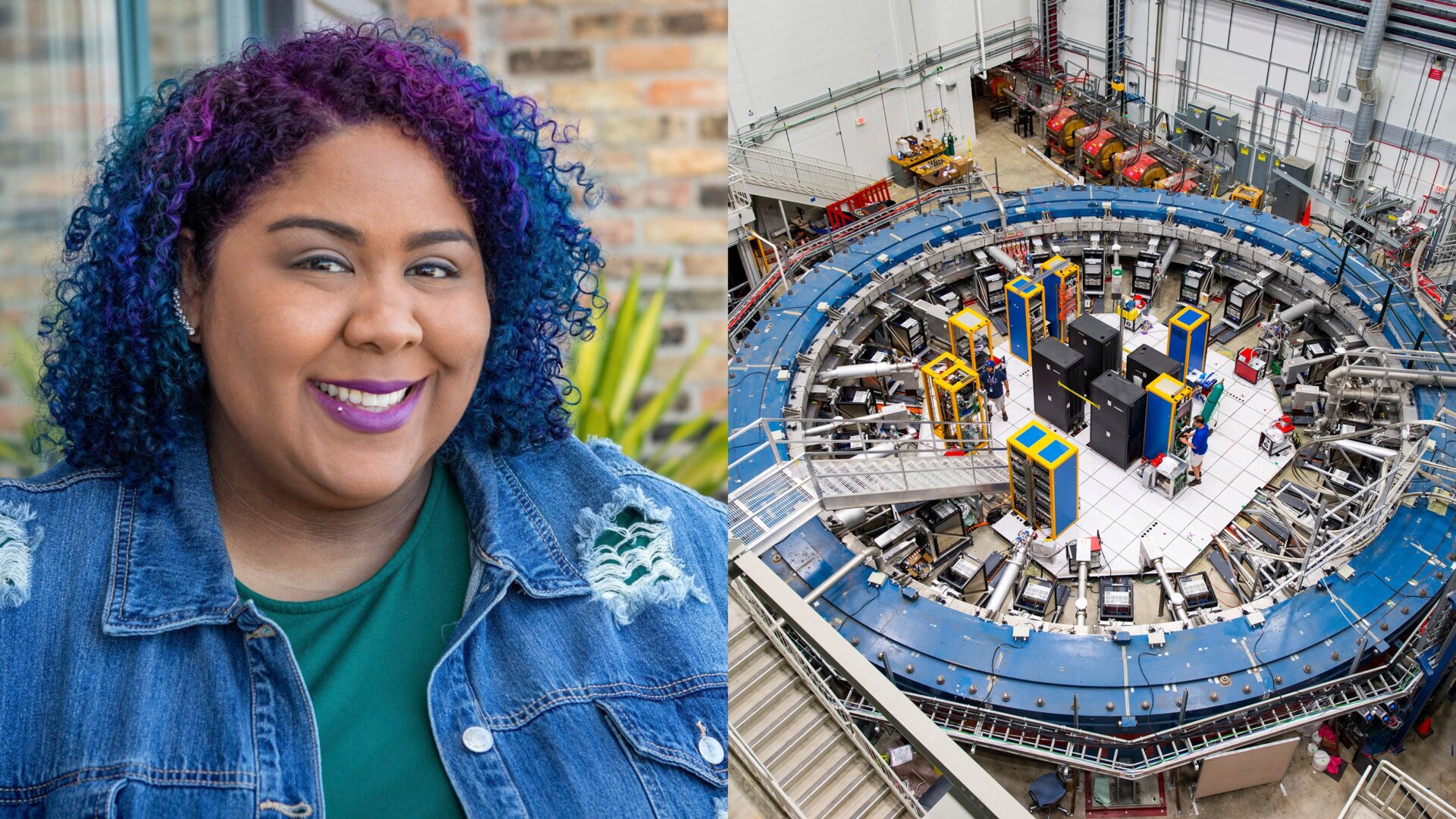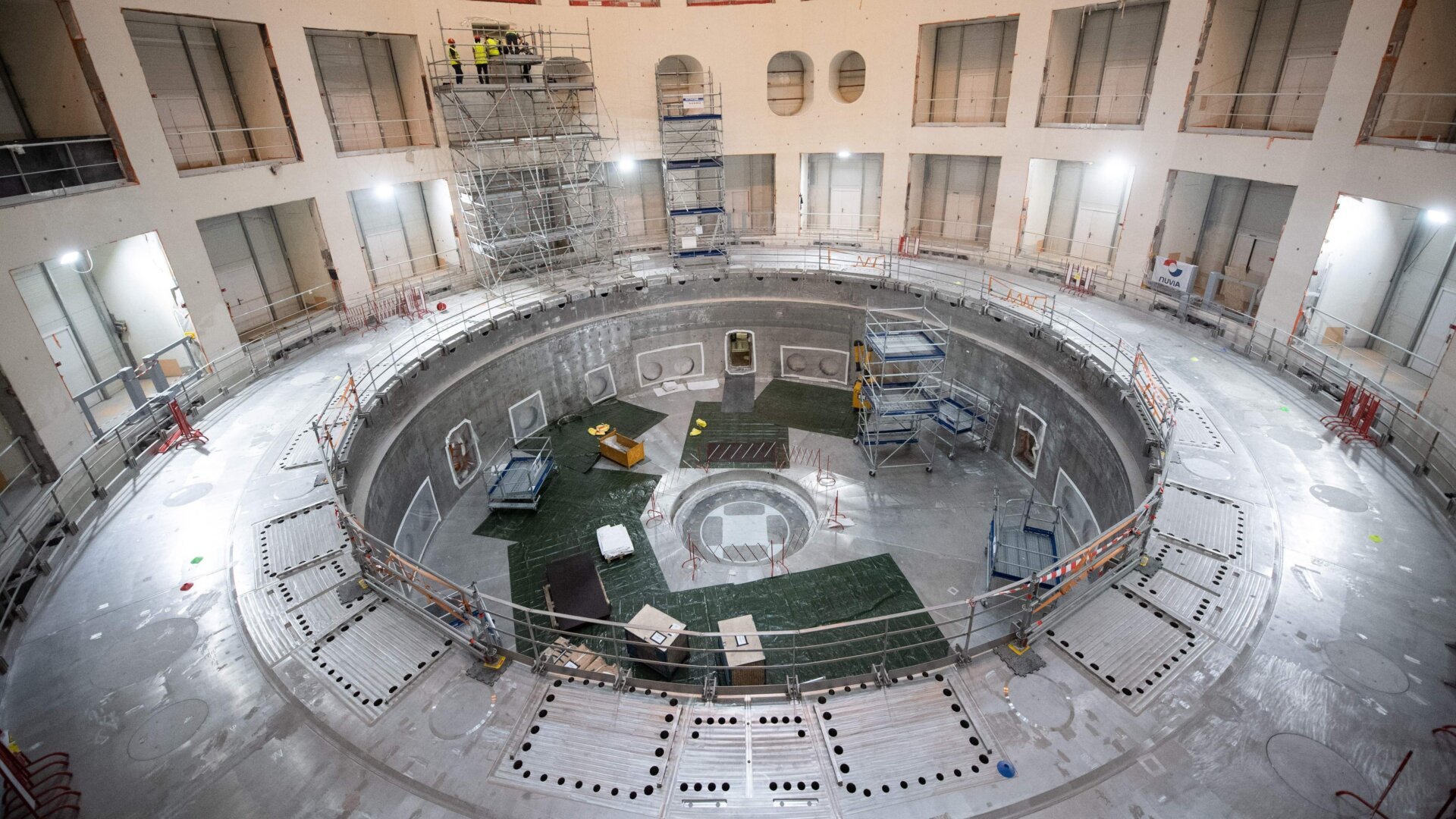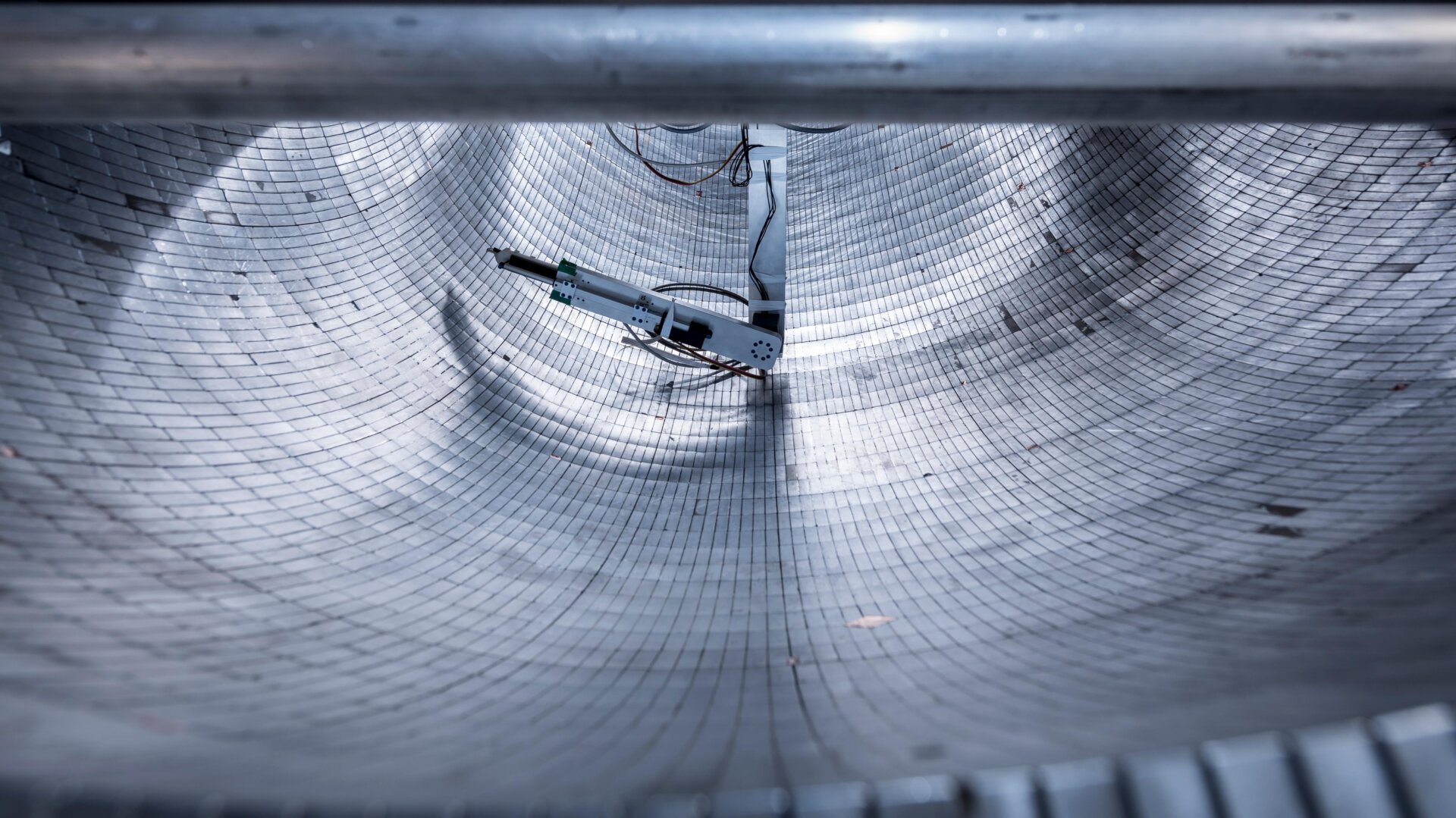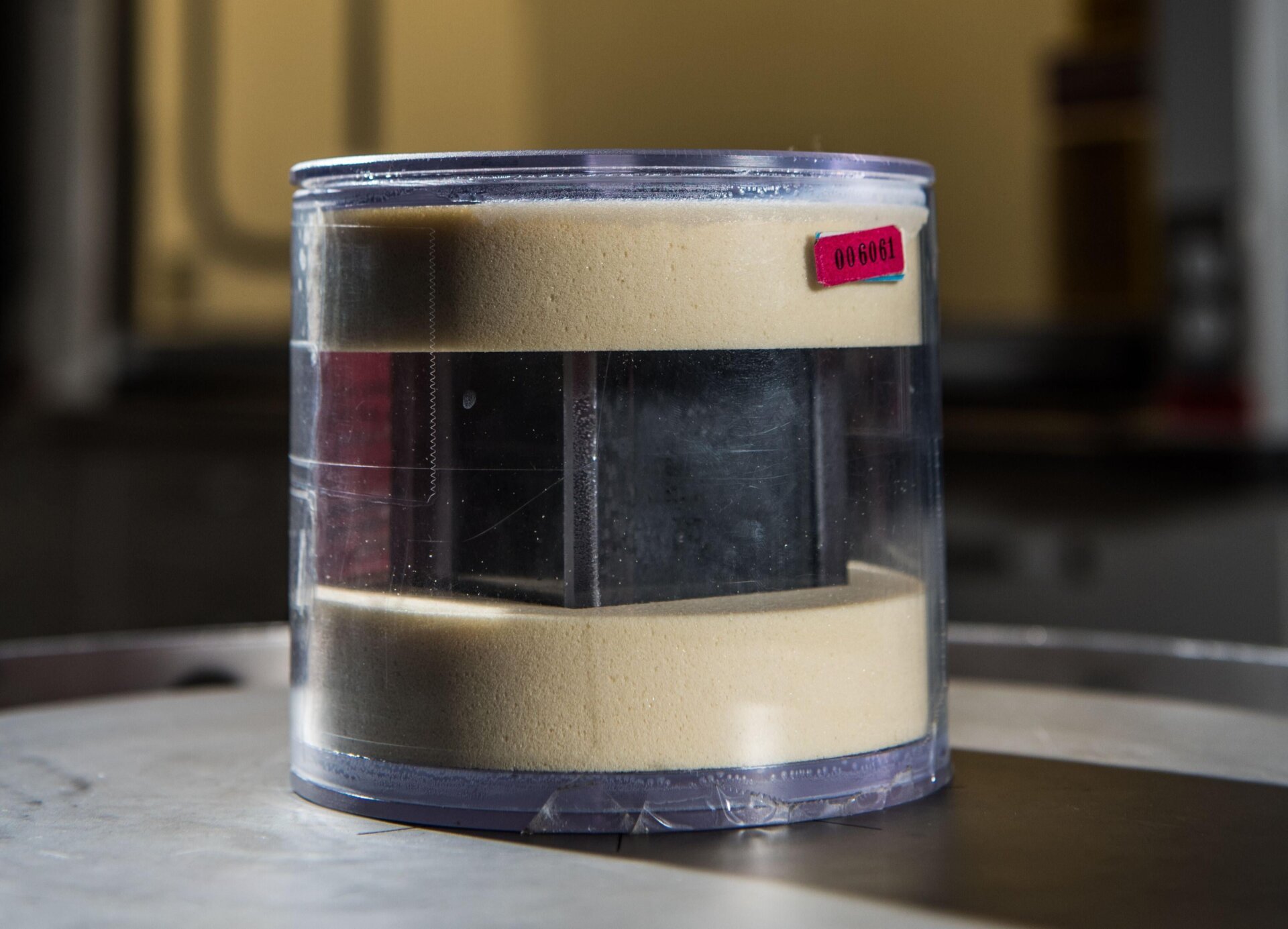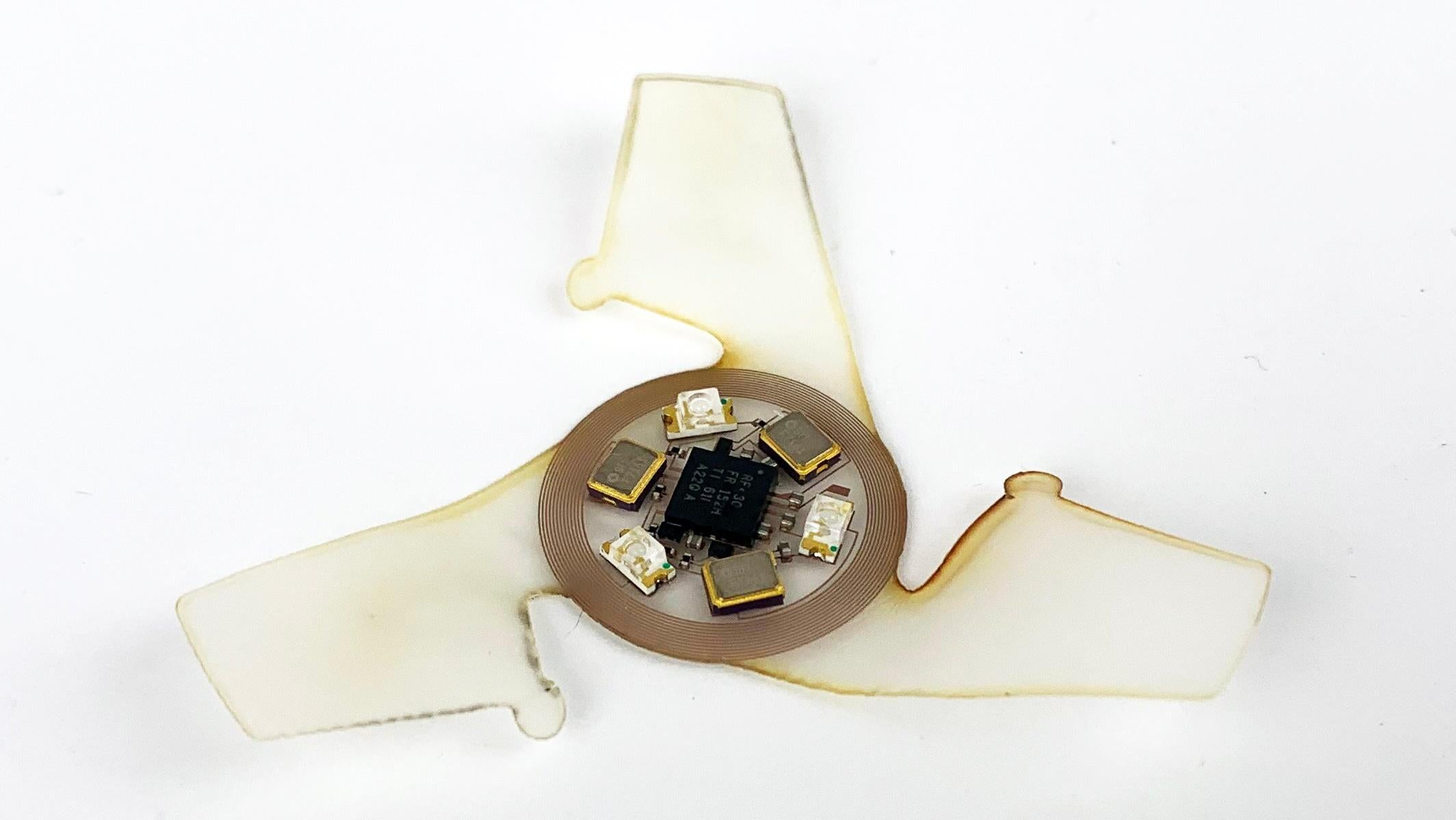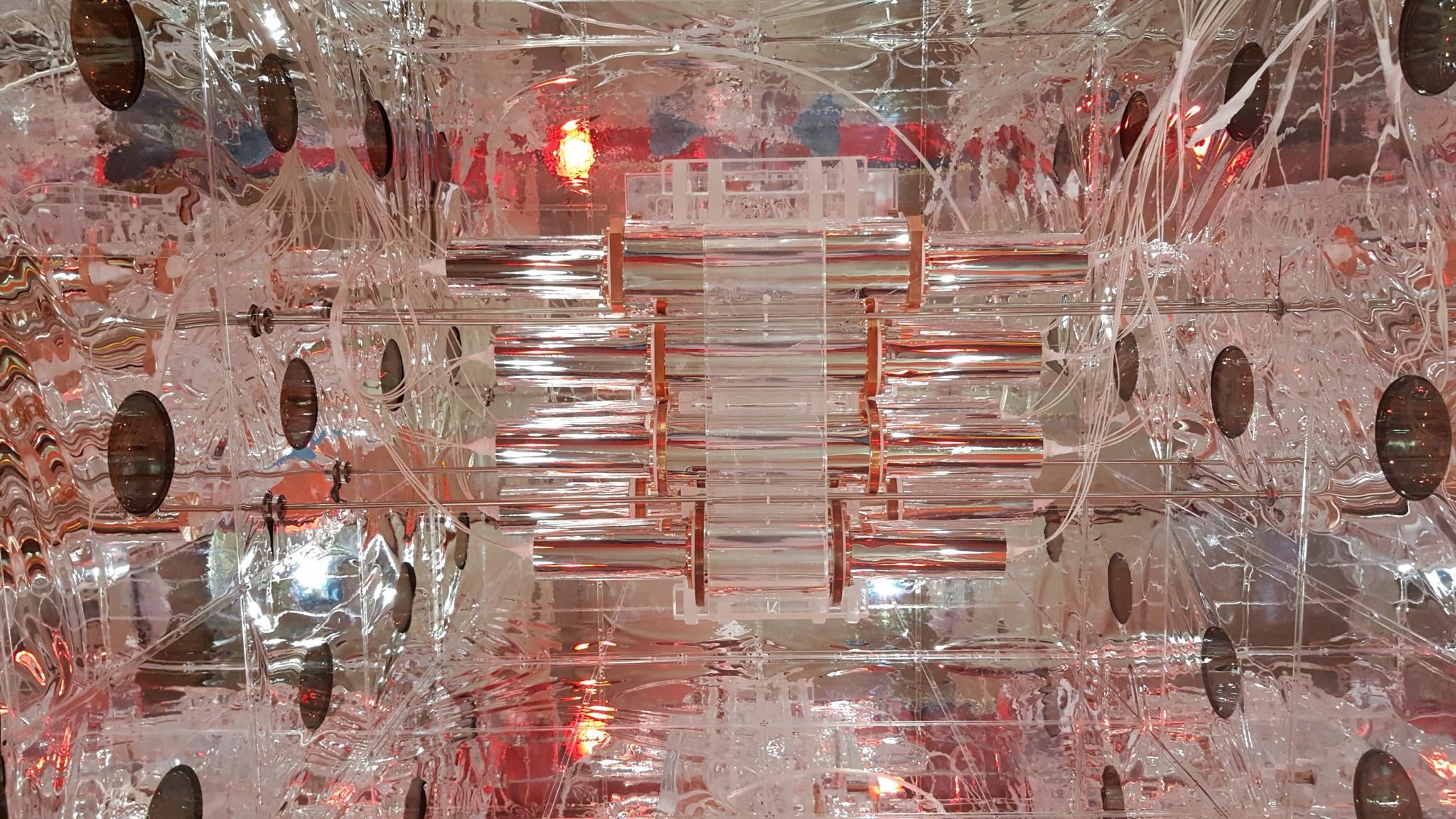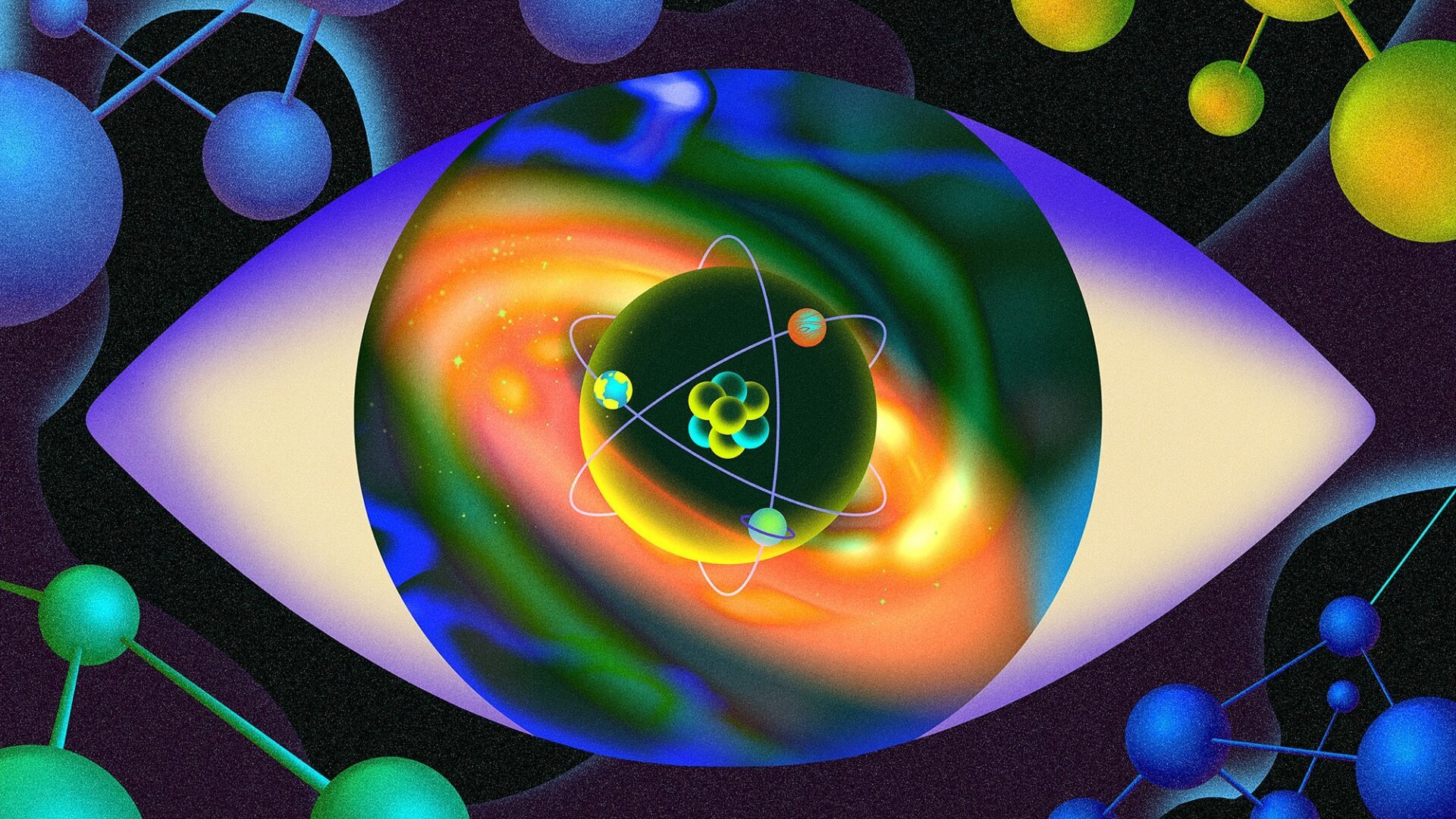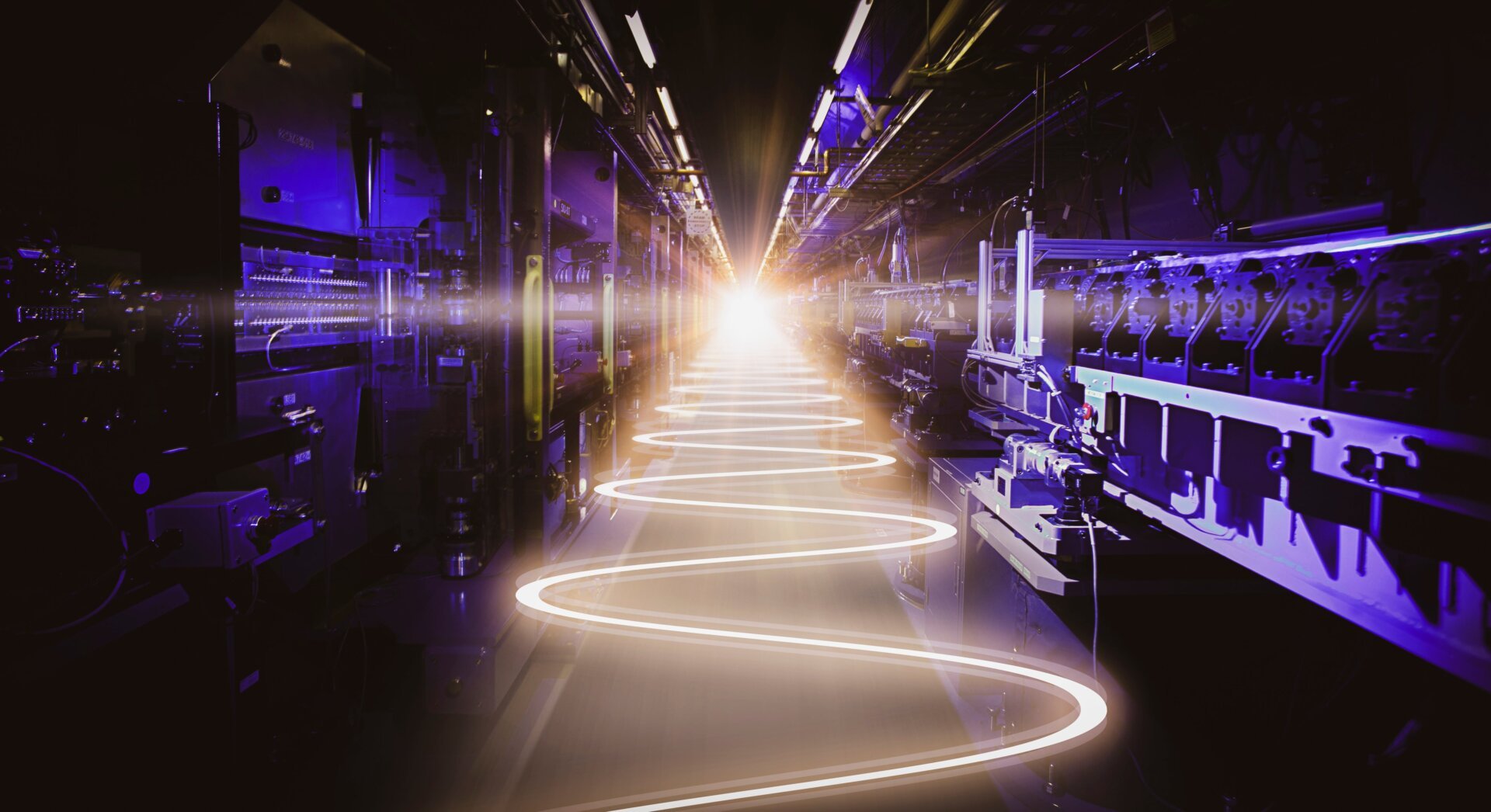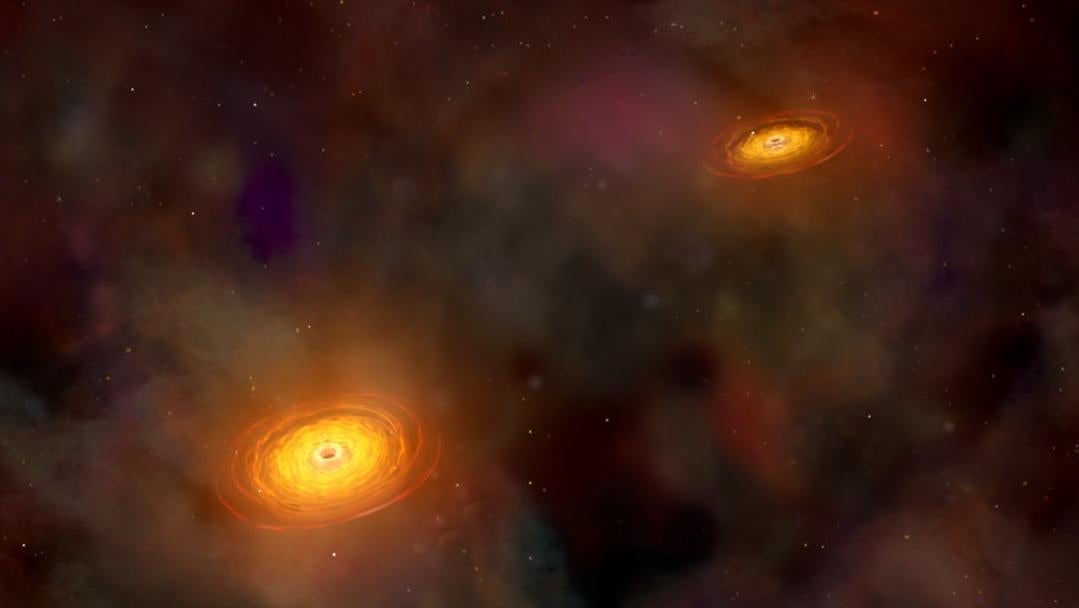The world of particle physics buzzed with excitement this spring as scientists from the Muon g-2 experiment at Fermilab announced a groundbreaking measurement that could revolutionize our understanding of the universe. This measurement, concerning the wobble of a subatomic particle called the muon, deviated significantly from the predictions of the Standard Model of particle physics, hinting at the existence of unknown forces or particles. While further investigation is necessary to confirm these findings, the mystery surrounding the muon has deepened, raising intriguing questions about the fundamental laws of physics. This remarkable achievement underscores the critical role of early-career scientists, like Jessica Esquivel, in pushing the boundaries of scientific discovery.
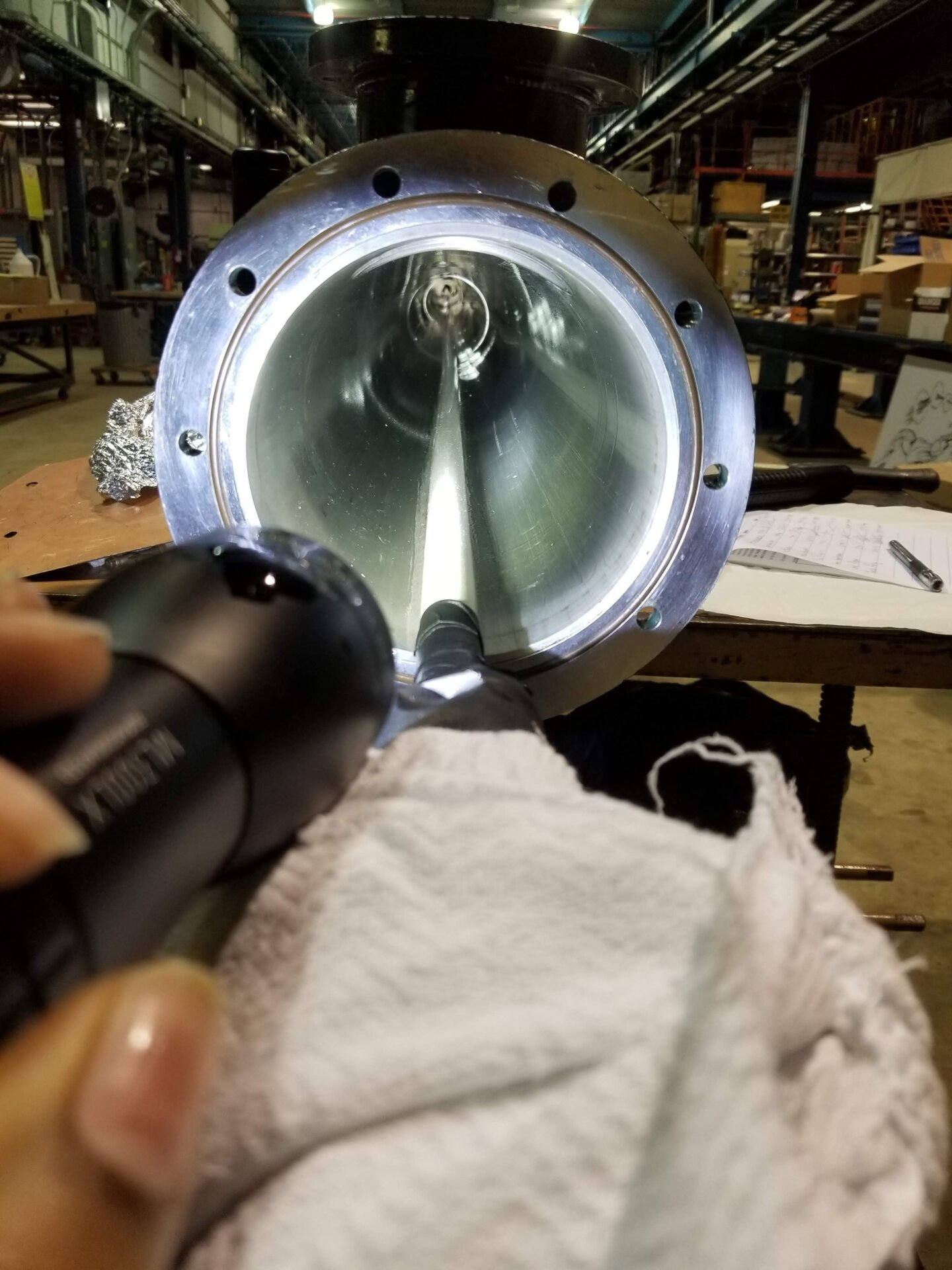 Muon g-2 ExperimentThe Muon g-2 experiment at Fermilab. Photo: Jessica Esquivel, Ph.D.
Muon g-2 ExperimentThe Muon g-2 experiment at Fermilab. Photo: Jessica Esquivel, Ph.D.
The Muon g-2 experiment utilizes a massive, 50-foot-diameter electromagnet to precisely measure the muon’s magnetic moment – how it wobbles in a magnetic field. This recent measurement, with a 1 in 40,000 chance of being a statistical fluke, suggests a potential flaw in the Standard Model, the cornerstone of particle physics. This discrepancy could lead to the discovery of new particles, offer insights into dark matter, or even unveil entirely new physical phenomena.
Esquivel, who joined the Muon g-2 team in 2018 after completing her Ph.D. in neutrino research, quickly adapted to the new challenges. Her initial work involved troubleshooting and upgrading the experiment’s hardware, including the Blumleins, large concentric metal tubes filled with castor oil. This hands-on experience proved invaluable, allowing her to identify and address critical issues that were impacting the experiment’s performance.
 Blumlein cross sectionEsquivel working on the Blumlein components of the Muon g-2 experiment. Photo: Jessica Esquivel, Ph.D.
Blumlein cross sectionEsquivel working on the Blumlein components of the Muon g-2 experiment. Photo: Jessica Esquivel, Ph.D.
Esquivel then transitioned to software development, modifying the data analysis package to account for magnetic effects caused by faulty components. While this work may not have the same allure as analyzing the final results, it was essential for accurately calculating the uncertainty surrounding the final measurement. Her contributions, though behind the scenes, were crucial to the experiment’s success.
Within two years, Esquivel was appointed as a run coordinator, a testament to her dedication and expertise. In this role, she oversees daily operations, assigns tasks, and ensures smooth communication between the team and the accelerator division. The COVID-19 pandemic presented additional challenges, restricting access to the experimental hall and requiring innovative solutions to maintain progress.
As run coordinator, Esquivel champions the well-being of her colleagues, particularly postdoctoral researchers and graduate students, recognizing the importance of a healthy and supportive work environment. Her leadership extends beyond scientific matters, as she has facilitated important discussions about racial justice within the team, creating a more inclusive and equitable atmosphere.
Historically, the Muon g-2 experiment’s leadership was dominated by veteran physicists from the previous iteration at Brookhaven National Lab. This made it challenging for early-career scientists, especially underrepresented minorities like Tammy Walton, to assume leadership roles. However, thanks to the efforts of Walton and others, the culture has begun to shift, with younger scientists gaining greater responsibility and recognition for their contributions.
 FermilabThe Fermilab facility, home to the Muon g-2 experiment. Photo: Jessica Esquivel, Ph.D.
FermilabThe Fermilab facility, home to the Muon g-2 experiment. Photo: Jessica Esquivel, Ph.D.
This increased involvement of early-career scientists in key roles, such as run coordinators and project leaders, provides valuable training for future research endeavors. The encouragement of younger scientists to act as spokespeople for the experiment’s findings further demonstrates the growing recognition of their essential role in shaping the future of physics.
The Muon g-2 experiment exemplifies the significant contributions of young physicists in advancing scientific knowledge. Esquivel’s journey, from troubleshooting hardware to leading data acquisition, showcases the impact early-career scientists can have on groundbreaking research. Her dedication, combined with the evolving culture at Fermilab, promises a bright future for particle physics and a deeper understanding of the universe.



